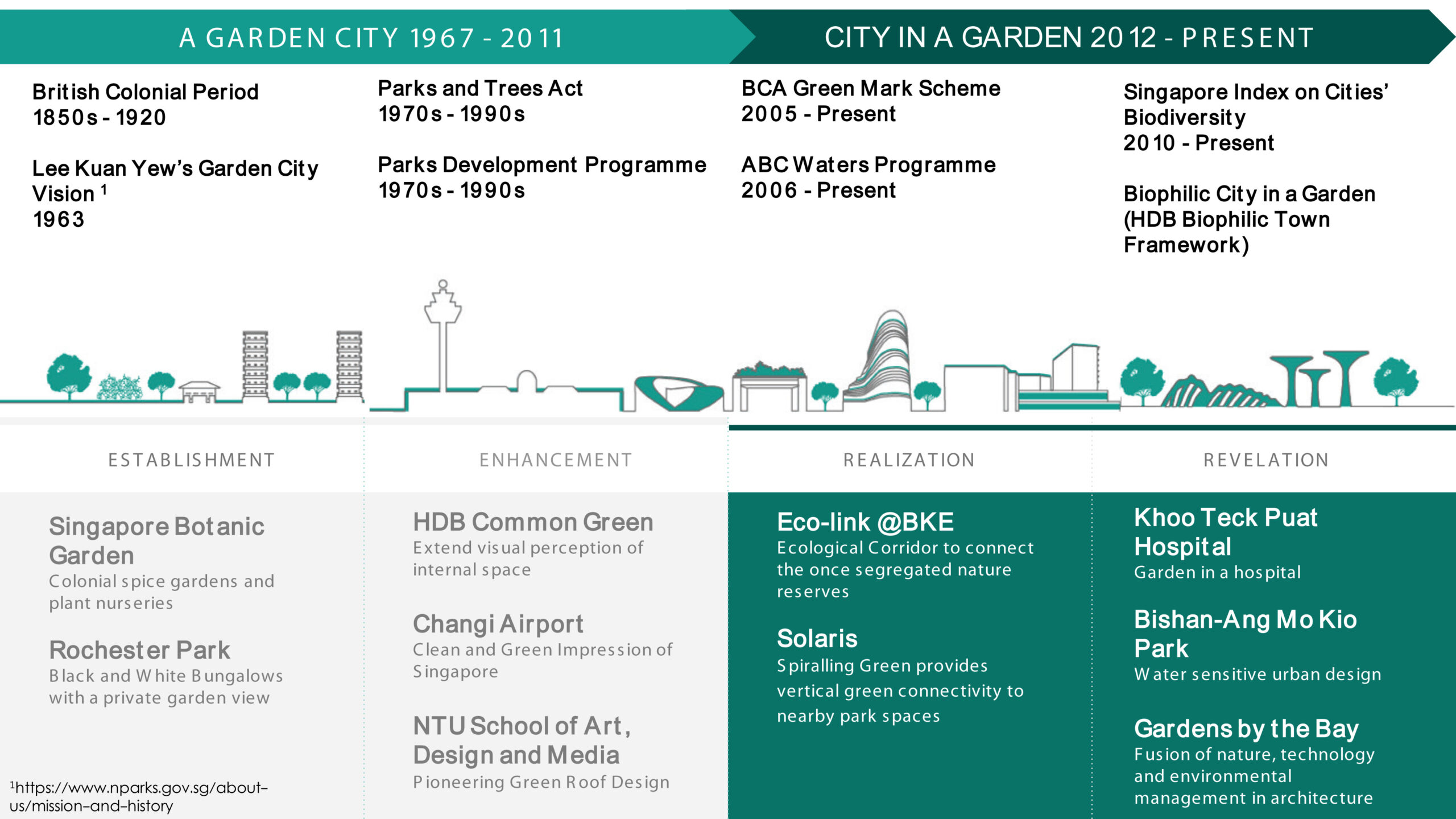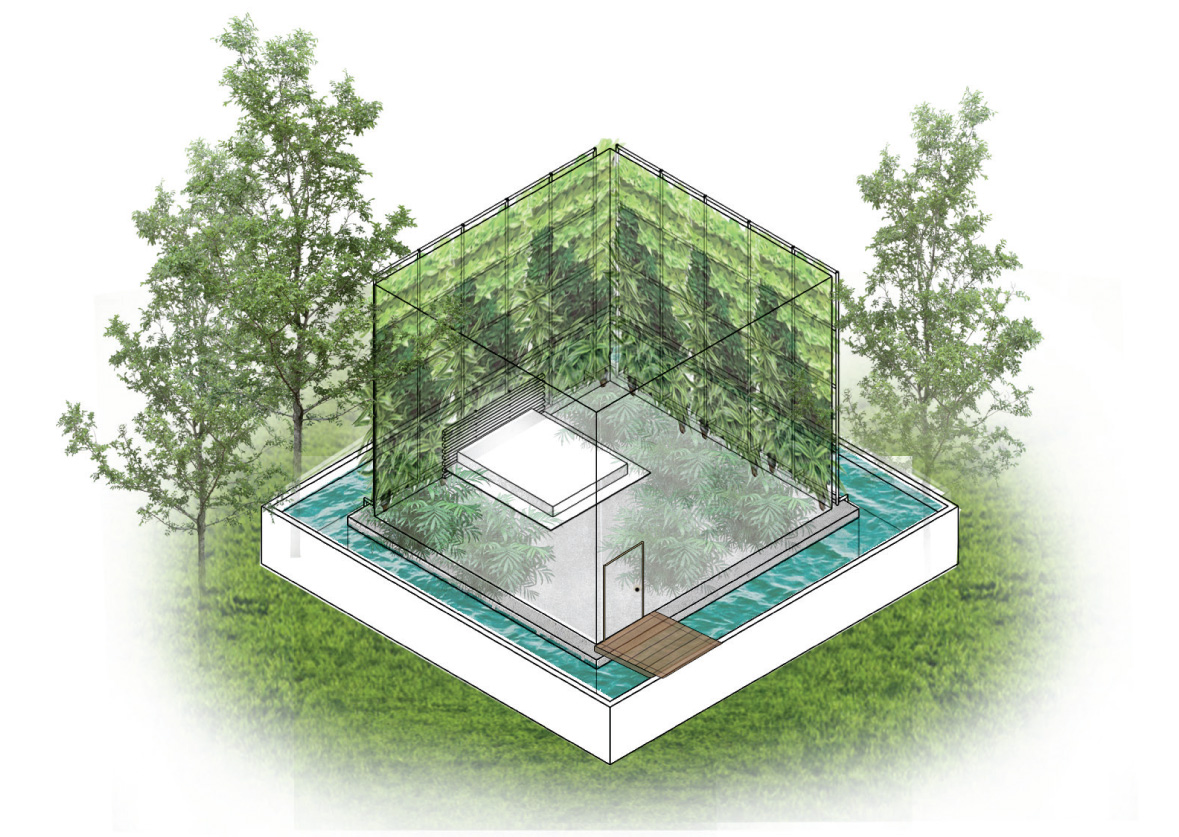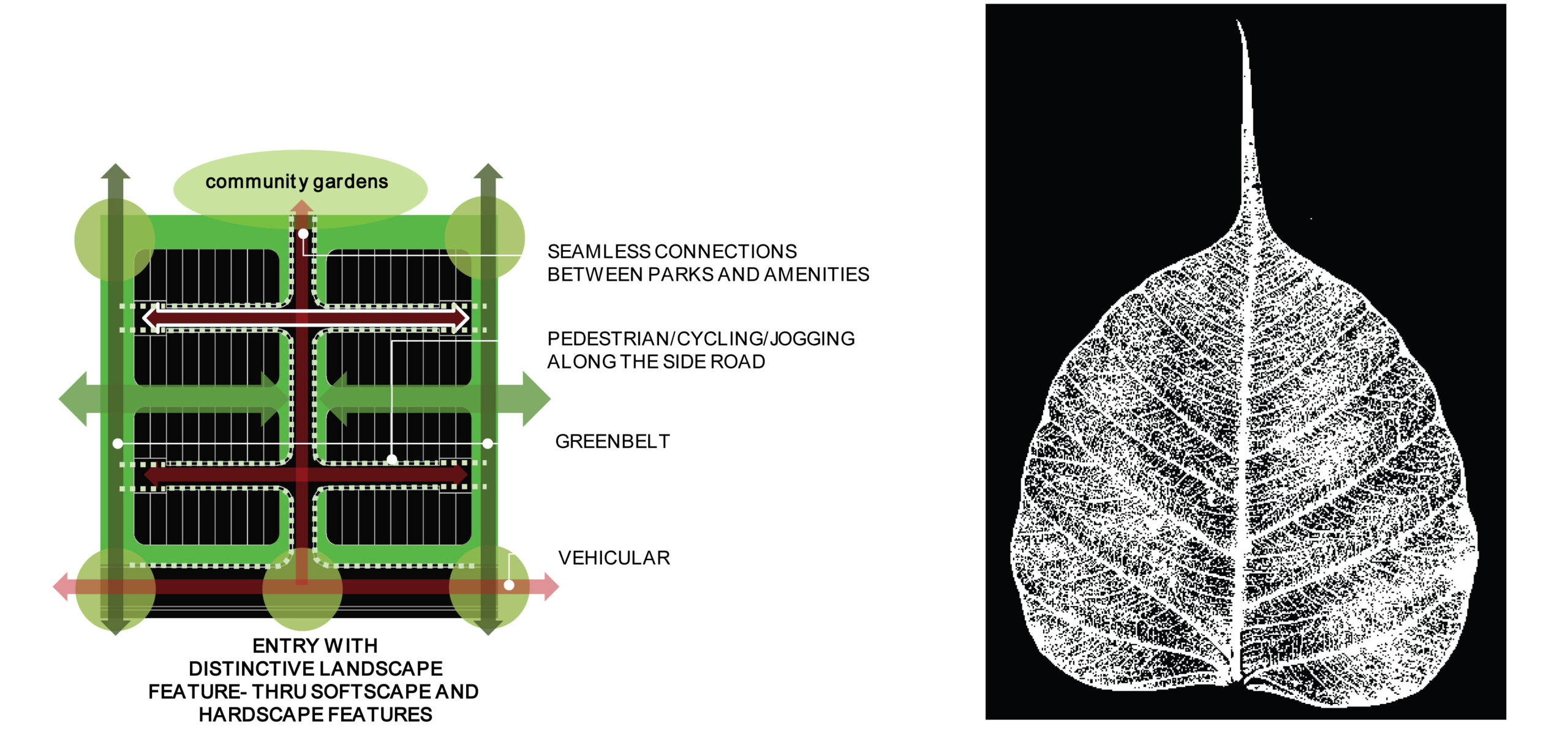Regenerating Nature in our Built Environment

Even as built environment professionals embrace biophilic design, CPG seeks to question and push the boundaries of integrating nature into our structures and spaces. One possible exploratory approach to this is Biotic Design.
Harvard biologist Edward O. Wilson coined the term ‘Biophilia’ in 1984 to describe humans’ natural attraction to nature and its elements, such as vegetation, flowing water, and sunlight. In simple terms, ‘Biophilia’ means a love for nature. Biophilic design then further expresses and encourages humans’ love for living things and living ecosystems by incorporating nature into our built environment for the well-being of society.
While Biophilic Design is a necessary starting point to ‘green’ our urban cities and buildings, we should also consider going beyond just incorporating nature into our built environment. What if we could design and construct buildings that could actually regenerate nature as part of the building’s purpose and its sustainable lifecycle?
CPG’s Experience: Green Features in the Built Environment
CPG has a rich history of designing expansive estate-like spaces (such as Botanic Gardens, Colonial Bungalows), extensive roof gardens, community farms, spiral gardens (including School of Art, Design and Media at Nanyang Technological University, Khoo Teck Puat Hospital, Solaris @ One-North), and immersive live flora and fauna experiences that mimic habitats (Gardens by the Bay, Mandai Rainforest attractions). (Fig. 1).

CPG’s many accolades in integrating landscape plus regenerating nature as part of passive sustainable designs (multiple Green Mark Platinum awards, LEAF Outstanding awards and even the inaugural SR Kellert award for biophilic design) have enabled us to better comprehend the multiple benefits, and at the same time, technical complexities of intensively integrating such ‘living and natural’ features into the built environment. Indeed, as our original simplistic understanding of sustainable design increased in complexity from 3Rs (Reduce, Reuse and Recycle) to green accreditation, to circular systems (Fig. 2), it became obvious to us that even platinum-rated green developments might not begin to fully address the most pressing global issues of our time – Climate Change, Habitat Loss, Pollution, and Food and Water Security, neither do they allow for social access/sharing and equitability in our highly segregated and yet barren urban environment.
In fact, as part of the June 2019 ‘Architect’s Declare- 11 point action plan’, many current global award-winning designs, while iconic and aesthetically pleasing, notably failed to address many of humankind’s key existential concerns, as mentioned above.

It was heartening therefore when we realised that several of CPG’s designs, such as Solaris @ One-North and Gardens by the Bay, have bucked global trends of a decrease in building performance over time, by consuming increasingly less energy as they are being used. This arises as their integrated ‘living’ landscape systems create cooler ambient temperature environments; growing new habitats into lush greenscapes that can sequester carbon and supply biofuel for desiccant cooling systems.
It is on this point that my team and I in CPG Signature came to discover the regenerative and nature-mimicking aspects of Biotic Designs, in which densely planted habitats and food-producing integrated landscapes co-exist and complement flexible, functional, and SMART (Self-Monitoring, Analysis, and Reporting Technology) spaces.
Biotic Design
Biotic Design as a ‘Nature Regeneration’ approach hopes to focus on ‘Designing for Living Organisms’, which includes all biodiversity i.e. both flora/fauna and humankind. CPG Signature, a subsidiary of CPG Corporation, has embarked on an exploratory journey to delve deeper into this particular type of Biotic Design, and we have consequently developed frameworks and uniquely derived forms to illustrate the results of its implementation.
‘Biotic Bloom’ Framework
To drive an exploratory shift towards Biotic Design, CPG Signature first brainstormed key ideas and created a six-point ‘Biotic Bloom’ framework to guide current and future Biotic Developments (Fig. 3). As seen in Figure 3, the ‘Biotic Bloom’ framework first unfolds into three main petals – one, ‘Ecosystem for Living organisms and Users’ (which is further divided into New Habitat Stratum and Ecosystem Growth), two, ‘Resource for Natural Capital’ (which is further divided into Resource Harvesting and Urban Agriculture) and three, ‘Wellness for Healthy Environments’ (which is further divided into Greenheart Solutions and Bio-indicators).
These Biotic Bloom developments are in turn, networked into existing natural blue-green ecosystems of the land to form a larger ‘Biotic Vine’ model for more macro-scaled master plans, such that different ecosystems are linked, reducing isolation and encouraging interactions and biodiversity.


Passive Biotic Forms
In parallel to Biotic ‘Bloom’ and ‘Vine’ frameworks, CPG Signature also developed a few passive, scalable design approaches. These include basic modular private-green living units (Fig. 4), strategic clusters around green-heart cores to create overall ‘biotic building’ forms (Fig. 5), ‘biotic skins’ for ‘living’ façades that create evolving habitats to provide sun-shading and solar energy, and sequestering carbon to produce food/fuel while collecting rainwater and allowing for aesthetic and biophilic expression (Fig. 6). These various ‘biotic building’ solutions can be further plugged into a macro masterplan solution, where urban and natural aspects are segregated yet complement each other in two and three dimensions via ‘layering’ (Fig. 7).




Conclusion
Knowledge of this type of Nature Regenerating Biotic Design is still at its infancy. With land being scarce, we strive to conserve some ecological areas as ‘natural capital’, while creating new habitats for sensitive forest dwelling creatures like butterflies and wild birds. At the same time, we seek to ensure functional aspects required by human users are included and not unnecessarily compromised. To achieve this, the industry as a whole needs new approaches that further drive a paradigm shift in Strategic Environmental Assessment (SEA), brief formulation, design approaches, and aesthetics and technology use. Continual research into new experiences and aesthetics can also help promote a wider adoption of Biotic Designs.
Since much of nature’s patterns remain currently unknown, and relatively few users are actively seeking knowledge in this field, it is frequently easy for Biophilia (love of nature) to regress to Biophobia (fear of nature), as many aspects and aesthetics of nature can be a source of fear and concern. Nonetheless, as CPG continues to work on various habitat restoration, nature experience and awareness projects, such as the Mandai Rainforest North in’ Singapore and Nansha Wetlands in China (Fig 8), we are leading this paradigm shift ‘bloom by bloom’.
Learn more and join our conversations about Biotic Design and CPG’s work on it at #CPGBioticDesign.
Read more of CPG’s previous insights on Biophilic Designs here. Also, catch our short film on Biophilic Design here.

By Kuan Chee Yung
Ar. Kuan Chee Yung is Director and Senior Vice President, CPG Signature Pte Ltd